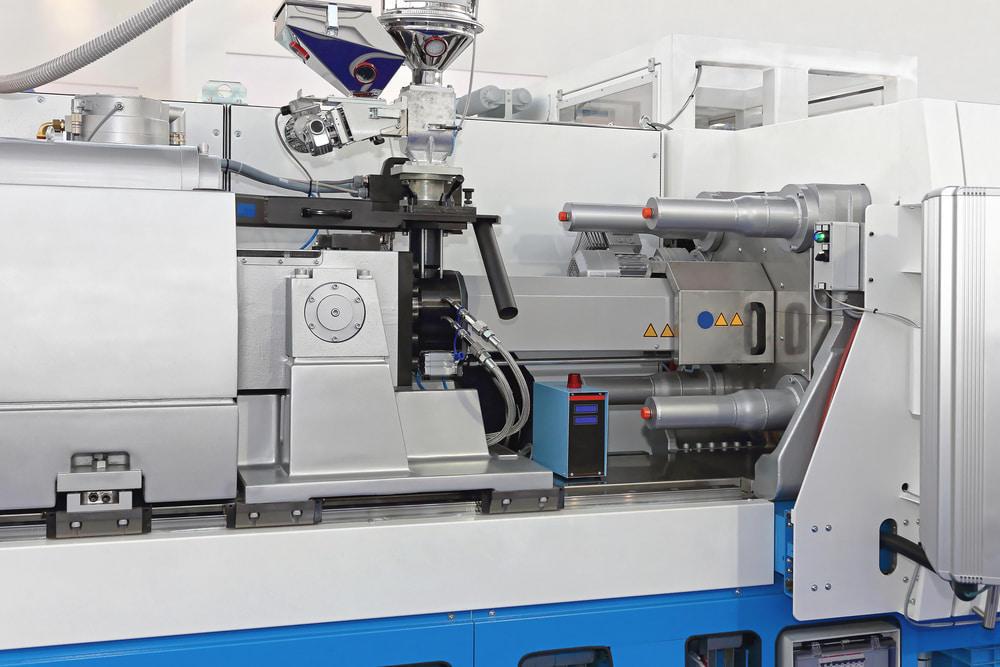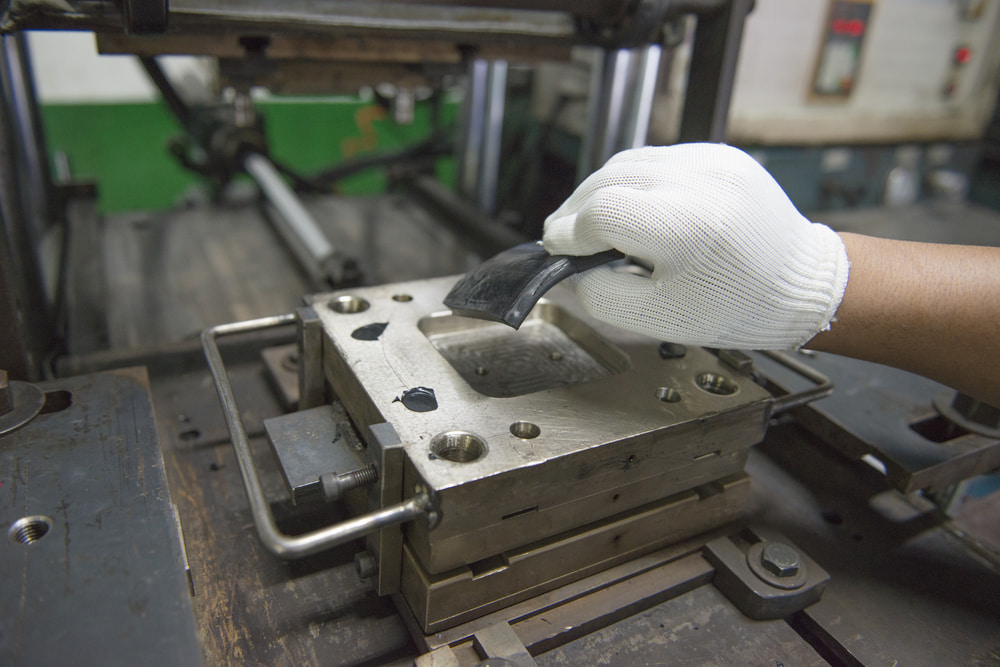- Factor ceramic shrinkage (15–25%) into the design from the start
- Control forming methods for consistency in part dimensions
- Use machining before/after sintering to fix warpage or drift
- Maintain precise sintering temps and cooling to prevent defects
- Verify accuracy with CMMs, optical scans, and comparative gauges
When it comes to advanced ceramics, one thing becomes clear really fast—precision isn’t optional. Whether you’re dealing with intricate aerospace components, injection molding, semiconductor tooling, or medical implants, even the smallest deviation in size makes the difference between first-class parts that are manufactured for high-performance and those that fail under pressure.
Ceramics are well-known for their hardness, heat-resistant properties, and stability, but they are also notoriously hard to shape without introducing dimensional variation. That’s why engineers, manufacturers, and quality control specialists place such a big emphasis on dimensional accuracy.
In today’s article, we look at how dimensional accuracy is maintained from the design stage all the way to final inspection, and how you can check for its reliability. Let’s get down to the nitty-gritty.
What is dimensional accuracy?
In injection molding, dimensional accuracy involves the precision and reliability of the final product. It indicated how accurately the molded component’s size aligns with the desired specifications and tolerances. Here are important steps to ensure dimensional accuracy throughout the production process:
 Design for accuracy from the start
Design for accuracy from the start
Accuracy doesn’t start at the machine shop—it ends there, but it starts at the design table. When engineers model ceramic components, they always have to take into account the shrinkage that occurs during sintering. Depending on the ceramic material and firing conditions, shrinkage rates anywhere from 15% to 25%. It’s easy to see that those numbers cannot be ignored, and if you fail to factor them in, the finished product won’t match the original specs.
Process control during forming
Once you move onto the forming, controlling consistency is key. Slip casting, injection molding, and pressing methods all introduce potential variations into the equation. Powder particle size distribution, binder content, and mold precision all have an important role to play.
Machining & post-sintering adjustments
Even if you take great care and ensure the best preparation, sintering can lead to slight warpage or dimensional drift. That’s why many modern manufacturers rely on green matching before sintering or post-sintering machining with diamond tools.
Sintering control
Sintering is where the magic, and the risk, happens. Temperature ramps, soak times, and furnace uniformity will determine how evenly a ceramic part densifies. Uneven heating leads to warping, while an uncontrolled cooling phase can cause microtracks that can alter dimensional stability.
How to check dimensional accuracy?
No matter how careful you approach the design and the manufacturing process, you’ll still need hard data to prove dimensional accuracy. This is where measurement and inspection come in.
- Contact measurement tools like coordinate measuring machines (CMMs) are the gold standard for precision. They can handle the hardness of ceramics while delivering micron-level accuracy with their diamond-tipped probes.
- Optical measurement systems use lasers or structured light scanning to capture complex geometries without making contact with the part in question. This is especially useful for intricate ceramic structures that risk chipping during probe contact.
- Comparative methods like precision gauging, custom fixtures, and reference parts offer quick checks in production environments where speed is of equal importance as accuracy.
Keep in mind that manufacturers often rely on a combination of these methods to cross-verify their end product. They then use digital records from these inspections to confirm accuracy and feed back the data into future batches to ensure tighter tolerances.
Which company specializes in high-quality injection molding?

You can reach out to us by phone or via email at sales@wundermold.com, and our team will listen to you carefully before proposing the best way to proceed. Contact us today!
 Design for accuracy from the start
Design for accuracy from the start